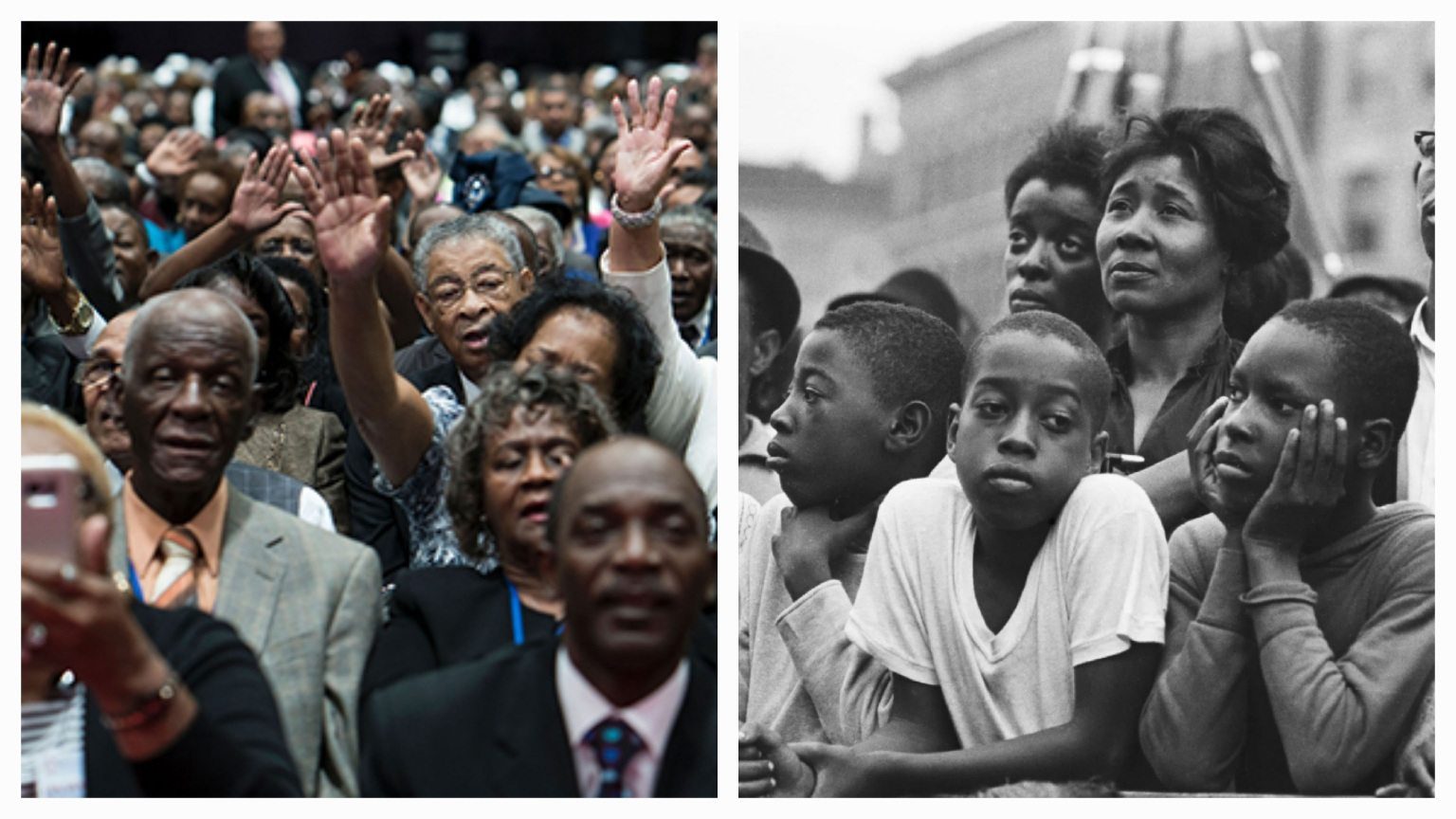The Black population in the United States continues to grow steadily, with approximately 47.9 million people identifying as Black in 2022. This figure represents 14.4% of the country’s population, marking a significant 32% increase since 2000 when 36.2 million Black individuals resided in the U.S.
One of the notable aspects of the Black community in the U.S. is its rich diversity, encompassing a wide range of racial and ethnic identities and experiences. A portion of this population identifies as Black either alone or in combination with other racial backgrounds. Notably, some Hispanics or Latinos also identify their race as Black.
The U.S. Black population in 2022 can be categorized into four distinct groups:
- The total U.S. Black population
- Single-race, non-Hispanic Black people
- Multiracial, non-Hispanic Black people
- Black Hispanic people
According to Pew Research Center, 5.1 million foreign-born Black Americans make up about 11% of the U.S. Black population. This represents a significant increase from 2000, when 2.4 million people, or 7% of the Black population, were foreign-born.
Here are some interesting facts about the U.S. Black population you should know based on the PEW Research Center report:
Age Structure
The Black population in the U.S. is relatively young, with a median age of 32.1 years in 2022, nearly six years younger than the median age of the overall U.S. population, which is 38.0 years. Approximately 30% of the Black population is under 20 years old, while 12% are 65 or older. In 2022, 45% of the Black population was younger than 30, and 43% were between 30 and 64 years old.
Fertility
In 2022, the general fertility rate among Black females aged 15 to 44 was 6.1%, indicating that only 6.1% of females in this age group had given birth in the previous 12 months.
Languages
As of 2022, about 96% of the Black population in the U.S. either speaks only English (89%) or speaks another language at home but reports speaking English very well (8%). Besides English, the most commonly spoken languages at home among Black Americans aged 5 and older include Spanish (4%), French or Haitian Creole (3%), and Amharic or other Ethiopian languages (1%).
Geography
Geographically, the majority of Black Americans reside in the South, with more than half (56%) living there in 2022. Meanwhile, 17% live in the Midwest and Northeast, and 10% reside in the West. Texas is home to the largest Black population among the states, with approximately 4.2 million Black residents. Florida follows with 3.9 million, and Georgia ranks third with 3.7 million.
The New York City metropolitan area, which includes parts of New Jersey and Pennsylvania, is the preferred metropolitan area for Black Americans, with 3.6 million residents. The Atlanta metro area is the second most popular, with 2.2 million Black residents, followed by Chicago, which is home to 1.7 million Black residents.
Household Income
In 2022, 49% of Black U.S. households earned less than $50,000, while 51% made $50,000 or more. A third of Black households (34%) earned $75,000 or more, including 22% that made $100,000 or more.
Household Type
As of 2022, about 39% of Black Americans live in households headed by married couples. Approximately 31% live in households with a female head, while 5% reside in those headed by a male. Additionally, about 16% are part of non-family households.
Educational Attainment
In terms of education, about 26% of Black U.S. adults aged 25 and older have earned a bachelor’s degree or higher. Another 32% have attended some college without earning a bachelor’s degree, and around 42% have completed high school or an equivalent, such as a GED.
Religious Affiliation
Regarding religious affiliation, 66% of Black adults identify as Protestant. Roughly 21% are religiously unaffiliated, while smaller percentages identify as Catholic (6%), other Christian denominations (3%), or non-Christian faiths (3%).










